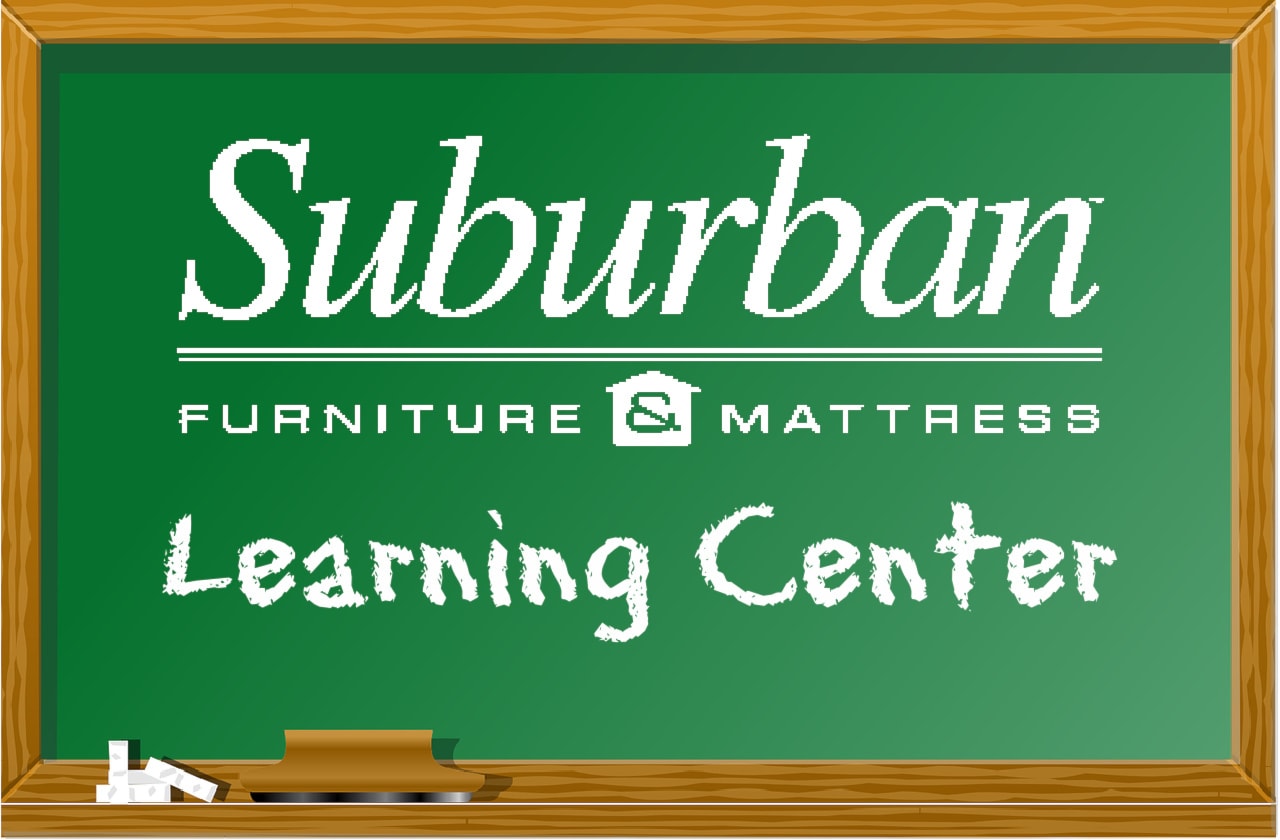
The Ultimate Guide to Leather
by Nick, Digital Specialist | March 25, 2020
Leather has been used on upholstered furniture for a long time, and is valued for its rich look and durability. But there are lot of different options when it comes to leather. Which option is right for you?
We aren't going to hide from this one...no apologies for the pun. Anyway, leather furniture has always been popular. In fact, more and more of our clients are asking for it specifically, and for good reason. There are so many benefits- it’s more durable than fabric, it looks better with wear, and it’s easier to maintain and clean. But there are so many different types of leather, and they each affect the price dramatically. Is leather the right choice for you?
Faux leather ($): This is not leather at all. It’s actually a fabric- usually polyester or vinyl- that is designed to look and feel like leather. It doesn’t perform like leather, but it also doesn’t have the same cost. Perfect for the person who wants the rich look of leather without the price.
Bonded leather ($$): Technically a leather product since it contains leather. The leather comes from the scrap of other projects, and is grinded and rolled out onto an adhesive. Gives you the leather look and smell, but is prone to cracking and peeling after a short amount of time.
Split-grain leather ($$$): Imagine a piece of leather as a short stack of paper. Top-grain leather is made with the top layer; split-grain is what’s left over. Definitely better quality than bonded leather but doesn’t soften up like better-quality leathers. Also requires more maintenance.
Top-grain leather ($$$$): Like we mentioned in the last paragraph, this is the top layer of a piece of leather. Top-grain leather is polished to make it a little softer, but has all the durability and longevity of full-grain leather.
Full-grain leather ($$$$$): This is the purest (and most expensive) form of leather for furniture. The only treatment applied to the hide is hair removal, and then it is soaked in a dye to color it. It retains the look and feel of the original hide, including any imperfections that might have been on the animal. Rough at first, but softens with use.

Some other terms you might hear will refer to the way the hide is treated and colored. Pigmented leather has a layer of colored pigment applied to the surface of the leather, which makes it the most durable and the most uniform. Modern technology allows the leather to be corrected or embossed as well- which means it will feel the least natural out of the three. Semi-aniline leather has a light pigmented coating applied. The color is not quite as consistent as pigment, but is more consistent than full aniline. It is also a little more durable than full aniline while still maintaining some of its natural feel. Full aniline leather is the most natural, which means marks and color variation should be expected. It also requires some extra maintenance to keep it looking its best.
If you’re not sure what kind of leather it is, don’t hesitate to ask! Any reputable furniture store should be able to find out the properties of the leathers they’re selling, so can make an informed decision on what to buy. Also, don’t forget- if it sounds too good to be true, it probably us. If you’re not sure, ask to see the label or some information on the upholstery to make you’re getting what you think you’re getting. Leather furniture can be a great choice for a lot of people, but it’s more than reasonable to make sure that you’re getting what you expect.

BROWSE BY TAG:
ALL CATEGORIES:
MOST POPULAR:
MOST RECENT:





